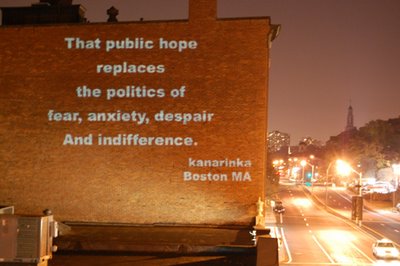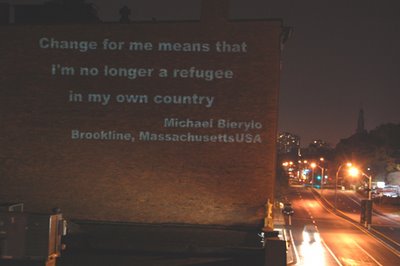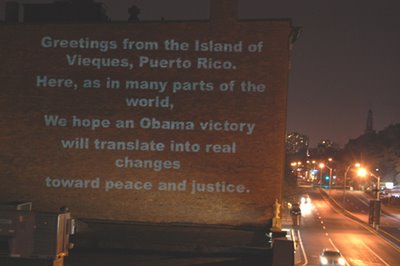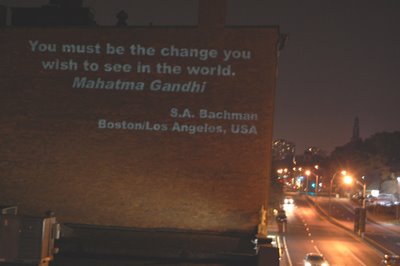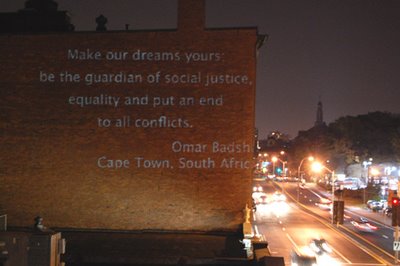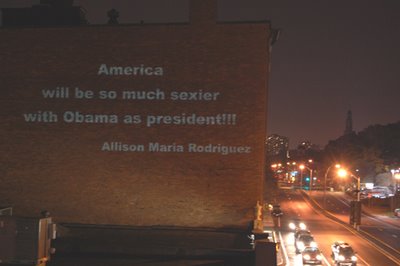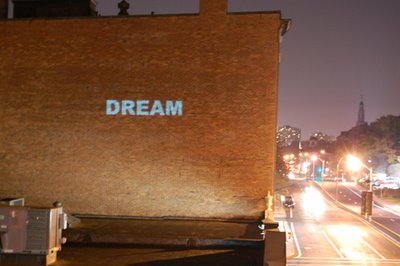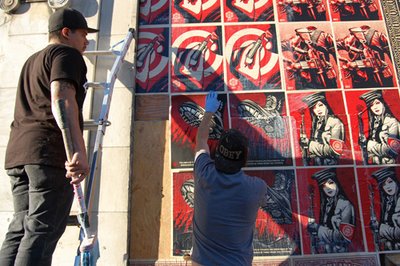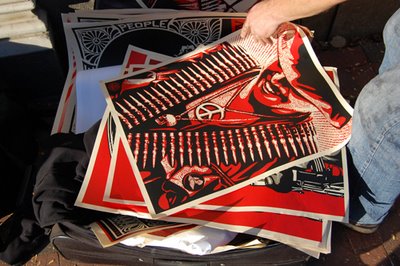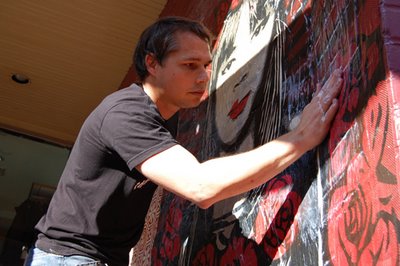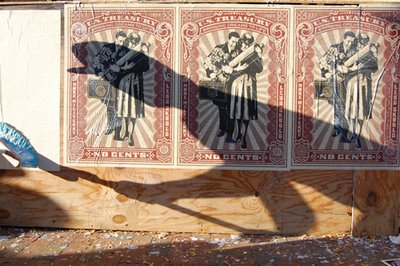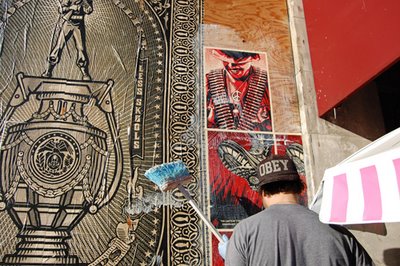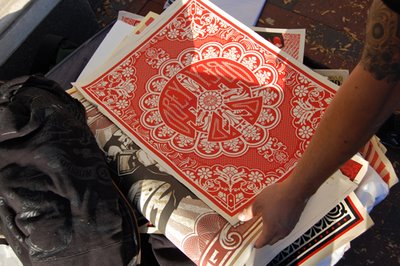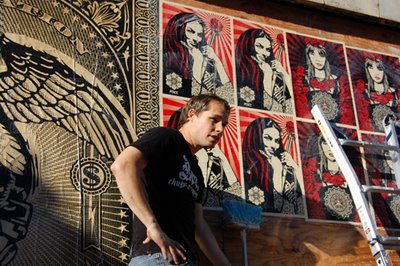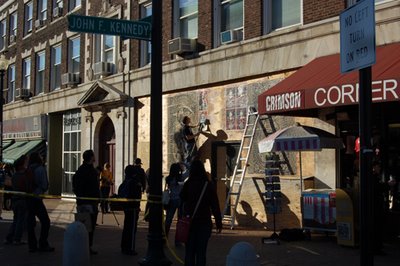MA Creative Economy Council leaves out artists
From my report on Massachusetts’ landmark Creative Economy Council law:
Related:
Read the 3-page law yourself here (pdf).
On October 8, Governor Deval Patrick signed a bill into law establishing the first state-level Creative Economy Council in the US. The formation of the 25-member board to support businesses "providing creative services" is a victory for a movement that's lobbied for government support for the arts, because they are an economic engine — not just a nice way to spend a Saturday afternoon.Read the rest here.
But the legislation, which was sponsored by long-time creative economy backer, Democratic representative Daniel Bosley of North Adams, left something out — any guaranteed seat for the architects, artists, filmmakers, computer-game creators, designers, and advertising folks it defines as the creative part of the creative economy.
The council's landmark status, people fear, could make the exclusion of creative workers a national model.
Related:
Read the 3-page law yourself here (pdf).





